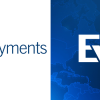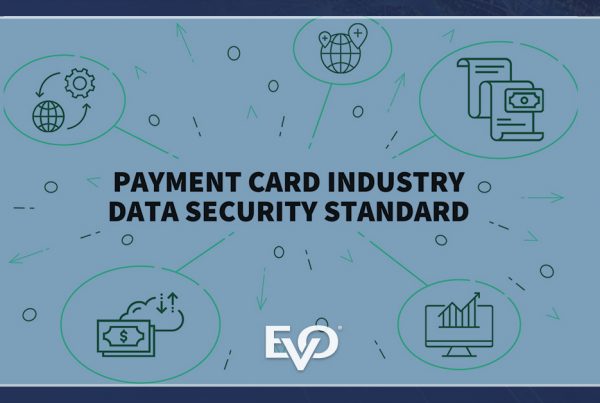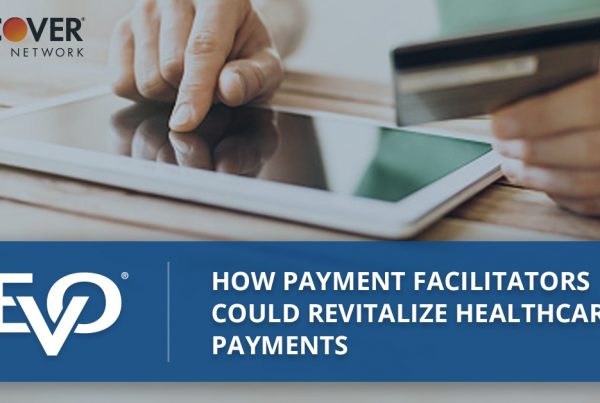
With payment experiences changing in the United States, a growing number of restaurants across the country are starting to grab hold of the latest tableside ordering technology called Pay-at-the-Table (PATT). These options allow them to better meet customer demand for ease of payments while also streamlining their processes and making their operations run more efficiently.
According to an Oracle Food and Beverage research report, What Matters Most to Restaurant Guests, “84% of 15,000 consumers in 14 countries surveyed identified quick and efficient service as a top factor, followed by order accuracy at 83%, and enough staff to provide good service at 82%.”
Pay-at-the-Table brings the point-of-sale to the customer, which in turn helps boost revenue and increase table turn rates. Another big selling point is that it helps protect customers’ sensitive cardholder data, which has remained a major concern for merchants and customers alike. With increased security comes a reduction in chargebacks, alleviating the liability burden placed on business owners who are not EMV compliant.
As a reseller and trusted advisor, here is why you should tell your merchants in the restaurant and hospitality industry to turn to Pay-at-the-Table.
Higher Table Turns
The biggest point where restaurants ultimately fail is when the customer has to wait for their check when they want to go home. A restaurant can have the best food, drinks, and service around, but if it took too long for them to process a payment, everything before that is forgotten because now the customer is angry they have to wait.
Pay-at-the-Table not only cuts down on check-out times, but it frees up the waiters to make sure that other tables are moving along smoothly. Having that type of technology in a restaurant can save the staff anywhere between 15 and 30 minutes per table, allowing them to serve even more guests in a day.
Increased Customer Satisfaction and Better Tipping
There is absolutely no question that pay-at-the-table solutions can help restaurants enhance their customer service. As mentioned earlier, cutting down wait times alone will make customers look more favorably at their dining experience. Reducing the wait time by bringing payment devices to the table not only leads in higher table turns, but it also increases the face time customers have with their servers. The result is better tips for servers, especially with how streamlined the process for tipping is on tableside payment systems. The terminal can simplify tipping by offering suggested tip amounts or percentages.
Reduced Chargebacks
As more and more merchants move to EMV, restaurants that do not upgrade their technology to accept those payments are putting themselves and their business at risk of chargebacks. A chargeback occurs when a customer disputes a credit card or fraudulent transaction, and the credit card provider demands the merchant make good on that loss.
Merchants with higher transaction numbers, such as restaurants, stand to take on an increased portion of the risk associated with the 2015 EMV liability shift. With the owner responsible for paying back every single chip-card chargeback fee, even one can destroy a small business. Pay-at-the-table platforms bring EMV compliance to a business instantly, which in turn shifts that liability back to the banks. They also reduce employee theft/ fraud and tip fraud.
Stronger Security All Around
Security for restaurants is crucial when talking about credit cards and identity theft in the age of digital technology. The transactions that give a restaurant owner the most peace of mind are the ones that involve the credit card never leaving their customers’ sight. This provides reductions in identity theft and card skimming by troublesome staffers, whereas in the past, cards typically left customers’ reach for ten-plus minutes. There have been instances where waiters are part of fraud groups and wear hidden card skimmers on their belt loops to collect credit card data.
Going even further, most payment providers that are implementing tableside EMV support are also utilizing tokenization and point-to-point encryption to secure transactions. Customers may not know all of the lengths that a restaurant is going to protect their information, but they will appreciate it nonetheless.
The rising popularity of pay-at-the-table is a long-term trend, not a fad. There is an overall basic consumer expectation that their experience will, in some way, include technology and convenience.
According to Hospitality Technology’s 2019 Restaurant Technology Study, “37% of restaurants plan to add tableside ordering with the guest’s device this year. Through a tablet placard or even their own device, customers could view the menu, customize orders, close out bills and self-pay, completing a loop of self service.
While the decision of how exactly to integrate that technology is specific to each individual restaurant, successful owners and operators will need a heavier reliance on technology moving forward.





